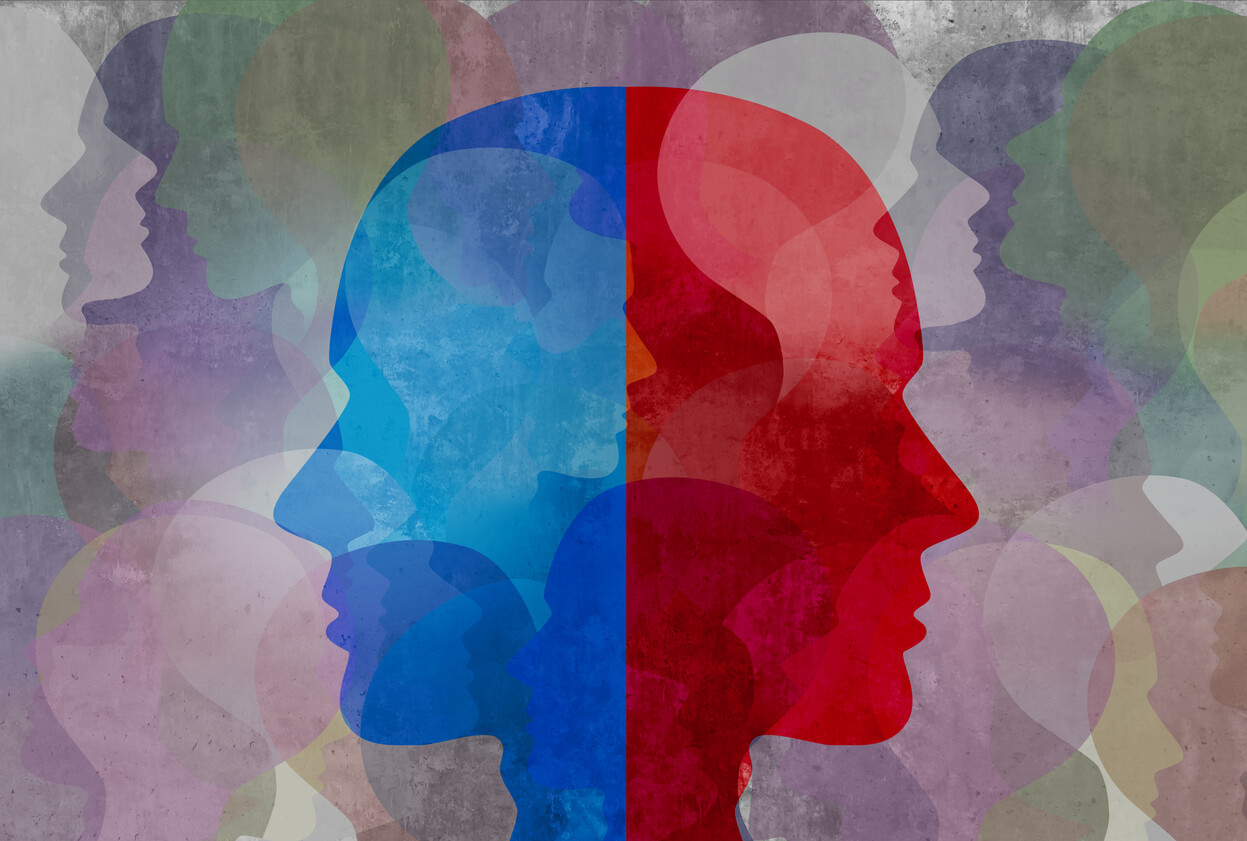Originally posted on LearnLight | July 2019 | By Brittany Crichlow
It is estimated that our brains unconsciously process over 11 million pieces of information per second. Now, compare that to the 40 pieces per second that it processes consciously. Quite the discrepancy. Our brains, more specifically the amygdala, must process and categorize all of the surrounding information for survival purposes. But due to our instincts and inability to consciously process everything at all times, we react and make decisions based on information that was processed unconsciously. This can manifest as unconscious bias.
This applies to everything we do, not just survival. There are various forms of unconscious bias that creep into our personal and professional lives – affinity, attribution, beauty, confirmation, gender, halo and horn effect.
Unfortunately, research shows that the results of diversity training, also called unconscious bias training, can vary greatly, with the overall results often ineffective.
So the question becomes how do we move from unconscious bias to conscious inclusion?
The impact of diversity and inclusion on the workplace
For some, the answer to the above question is simple – let’s just ignore it and go about our business. However, that is a response that places both employees and the company at risk.
Numerous studies and statistics demonstrate that companies who embrace diversity and inclusion are more likely to outperform companies who do not.
For example, according to McKinsey’s Delivering Through Diversity report, “Gender and ethnic diversity are clearly correlated with profitability.”
There are additional benefits to diversity and inclusion in the workplace. They include:
- A better understanding of your customer base
- Enhanced team performance
- Greater innovation and creativity
- Improved onboarding and retention
- Increased productivity
- Enhanced employer brand
- Improved talent pool
Statistics show that when cultivated properly, D&I initiatives are highly beneficial to any company. But it still begs the question, how?

Recent Comments